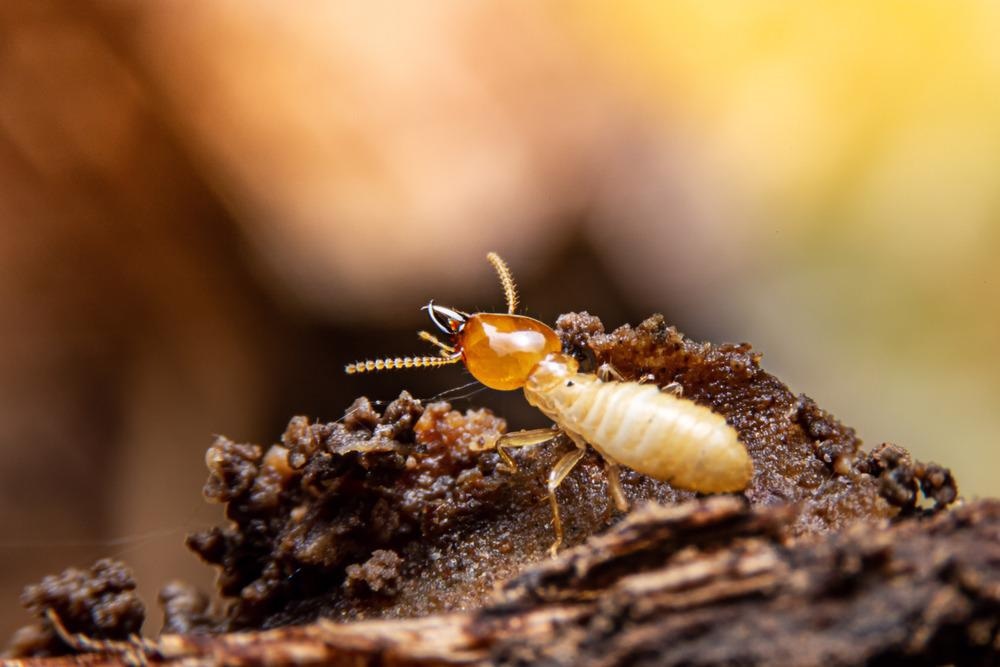Feb 18 2021
Wheat straw, or the dried stalks of wheat remaining after grain production, is a promising source of biofuels and commodity chemicals. However, before straw can be transformed into beneficial products by biorefineries, the polymers constituting it should be disintegrated into their building blocks.

Image Credit: Witsawat.S/Shutterstock.com
Scientists have now discovered that microbes from the guts of some termite species can help disintegrate lignin, a typically hard polymer present in straw. The study findings have been reported in the ACS Sustainable Chemistry & Engineering journal.
The three essential polymers found in straw and other dried plant material—lignin, hemicelluloses, and cellulose— are interlaced into a complex 3D structure. Cellulose and hemicelluloses are polysaccharides, which can be disintegrated into sugars and further transformed to fuel in bioreactors.
By contrast, lignin is an aromatic polymer that can be modified into beneficial industrial chemicals. Enzymes extracted from fungi can disintegrate lignin, which is considered the hardest among the three polymers to collapse. However, researchers are looking for bacterial enzymes that are simpler to synthesize.
As part of an earlier study, Guillermina Hernandez-Raquet and collaborators demonstrated that gut microbes from four termite species could disintegrate lignin in anaerobic bioreactors. At present, together with Yuki Tobimatsu and Mirjam Kabel, they wished to have a closer examination of the process through which microbes from the wood-eating insects degrade lignin in wheat straw, and determine the changes they make to this material.
The team added 500 guts from each of four higher termite species to different anaerobic bioreactors and further added wheat straw as the only carbon source. After a period of 20 days, they matched the composition of the digested straw to that of unrefined straw. All of the gut microbiomes disintegrated lignin (up to 37%), though they were more effective at disintegrating cellulose (41%) and hemicelluloses (51%).
Lignin leftover in the straw had experienced structural and chemical variations such as oxidation of a few of its subunits. The team proposed that the effective disintegration of hemicelluloses by the microbes could have also enhanced the degradation of lignin that is cross-linked to the polysaccharides.
In future studies, the researchers intend to find the enzymes, microorganisms, and lignin degradation pathways behind such effects, which could be used in lignocellulose biorefineries.
This study was financially supported by the PHC Sakura program, the Japan Society for the Promotion of Science, the Research Institute for Sustainable Humanosphere, the European Union's Horizon 2020 ZELCOR program, the French National Research Institute for Agriculture, Food and Environment, the Region Languedoc-Roussillon Midi-Pyrénées grant, and the Carnot Institute 3BCAR project.
Journal Reference:
Dumond, L., et al. (2021) Termite Gut Microbiota Contribution to Wheat Straw Delignification in Anaerobic Bioreactors. ACS Sustainable Chemistry & Engineering. doi.org/10.1021/acssuschemeng.0c07817.